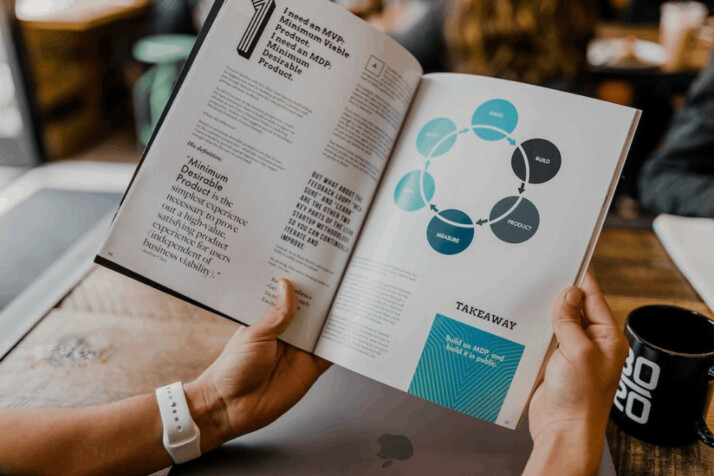Product features vs benefits — Does it sound like any regular informative talk on a random product? You’ll be amazed when you know the difference between them and why they are the cornerstones of your marketing strategy.
Great marketing copy is not only about selling products. It is about building a connection and communicating effectively with your target audience.
Proper messaging of product features or benefits can make customers realize what they need and why they need it. You can run into poor marketing if you don’t know when to use the features versus the benefits. This article highlights the difference between the two and why it matters.
Product Features Vs Benefits: What’s the Difference?
So what is the difference between product features and benefits? It might sound like an easy answer, but a lot goes into this question. It can sometimes be difficult to understand the relationship between a product’s features and the benefits it offers.
Here’s the difference between the two:
What Are Features?
The features of a product are key factors that define what that product can do. Features can be physical (size and shape), functional (action and purpose), or material (composition and specifications).
The features are the tangible aspects of a product that the customer can see. It describes the attributes that distinguish the product from the competitors.
What Are Benefits?
Benefits are the result of what the product promises to deliver. The benefits will always have something to do with the product and its function. It explains the positive effects of the product or service on its customers.
Why Are Product Benefits so Important?
The ability to sell a product, service, or ideology is nothing without clearly defining the product’s features and benefits. If a business has poor product features and poor benefits, any success they achieve has little chance of transferring to the consumer.
Product benefits are significant because they answer questions like “Why should I be interested in your product?” Describe how your product or service will positively influence your customer’s life rather than just listing what you have to offer.
How to Identify Benefits:
You need to understand the effect of the product on the customers and how they feel about it. A quick approach to identifying the benefits of a product or service is asking the following question:
- What does the product have or do?
- What impact does this have on the lives of my customer?
- Does this elicit happy emotions, suppress negative ones, or both?

Are Product Features As Important As the Benefits?
You will often see and hear the phrase “Sell the benefits, not the features.” But this statement is somewhat misleading and slightly discredits the importance of product features.
Product features are just equally important as the benefits since they demonstrate to your customer that you can deliver on your promises.
Sometimes, companies provide features in their advertisement as the most important part of their product that sets them apart from the competition.
Why Should Your Product Messaging Include Benefits Instead of Just Features?
Product features are what make a product, but the benefits are what individuals need. Benefits are essential, and no marketing piece can usually penetrate without communicating the benefit.
Some marketing campaigns will manifest and clarify the benefits of a product where the features are not included. It emphasizes the benefits instead of the features. However, offering product features and benefits together will help to please all audiences.
People might not always understand why a specific feature matters. So, explaining the benefits can clarify why they should care. Moreover, people respond more positively when they are provided with a reason.
Potential customers don’t just want to read features; they look for solutions to their problems. Therefore, including the benefits is important in your product messaging.
To Wrap Up
This article is a quick guide to understanding product features vs benefits. Both of these terms are vital to product marketing, so you must know the difference between the two.
Customers prefer buying products with features that have tangible benefits to them. It makes customers feel like the product is worth their time and money. So, benefits are just as important as features and should be highlighted in your product messaging.
Explore All Fab Sales Technique Articles
Guide to Marketing Products By Their Benefits
A crucial element of producing a product that makes money is providing benefits to customers. Your capacity to successfully create…
How You Can Identify a Product’s Benefits
A product’s benefits are at the heart of a marketing sales pitch. Marketers use it to convince people that a…
Features Vs Benefits: Know the Key Difference
Product features vs benefits — Does it sound like any regular informative talk on a random product? You’ll be amazed…
Feature-Benefit Selling: Close Deals Faster and Boost Sales
Feature-benefit selling is a solid sales technique for many types of businesses. Salespeople frequently develop new approaches to entice customers…
Features, Advantages, and Benefits (FAB) Analysis Examples
A FAB (Features, Advantages, and Benefits) analysis is valuable in defining a product, service, or design. It gives a detailed…
Differences Between Benefits and Advantages
In the sales cycle, benefits and advantages are used interchangeably but mean different things. Understanding the differences between benefits and advantages can…
